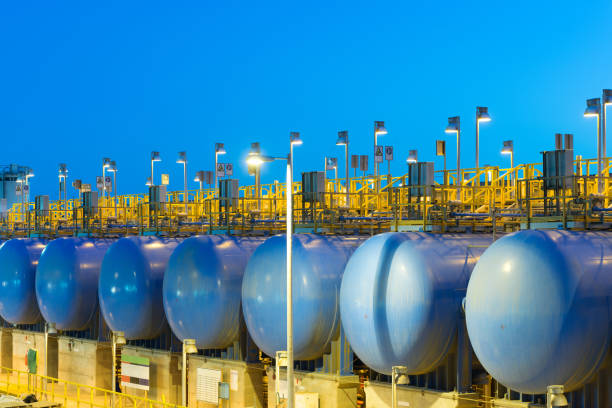Six hundred million cubic metres of desalinated water per year were promised when it was decided to cancel the Ebro water transfer, but only five per cent of that amount has been provided.
By Alberto Vázquez-Figueroa.
Despite massive institutional support and a multi-million dollar advertising campaign praising its supposed merits, traditional desalination has failed as the land overheats, the country deserts, agriculture and livestock are ruined and food prices soar as we look to the skies and ask ourselves how it has come to this unbelievable extreme of ineptitude.
According to reports published by the Ministry of the Environment on “Natural Pressure Desalination Plants”, a reversible seawater desalination plant produces significant economic benefits and pays for itself quickly. Its operation is identical to that of existing Reversible Power Plants in rivers and reservoirs, which are the only existing way of recovering energy that is lost if it is not used: that is, it pumps water into a high reservoir during off-peak hours (off-peak hours) in order to spill it out and return energy at the time when it is most needed (peak hours).
What is essentially being done is to recycle energy, with the advantage that the sea is inexhaustible, the lower reservoir is free of charge and does not hold captive an increasingly scarce freshwater that is partly lost through seepage and evaporation.
It is surprising that no one would have thought of using seawater in a country surrounded by sea and mountains where such reservoirs could be installed at high altitude and in a position to immediately divert their surplus power to reversible seawater power plants, thus knowing how much immediately usable hydropower potential is available to compensate for peak hours, adjusting supply to demand and protecting against a possible collapse caused by the use of air-conditioning and electric heating.
It is therefore essential to convert unstable wind energy into controlled hydropower potential. The large subsidies that continue to be granted to wind and photovoltaic energy would be justified if they were guaranteed to be supplied when they are useful, and the only way for them to be useful is to be transformed into hydropower.
Saturdays, Sundays, public holidays and off-peak hours at night add up to almost 70% of the time during the year when not all the available power is used, but nevertheless, at those times when nobody needs it, the consumer is forced to pay a disproportionate price for it.
Climate change, partisan clashes and the economic interests of large multinationals have led us to a distressing situation of hydrological distress with incalculable consequences, so the time has come to shake off these charges and adapt to the new times and new technologies.
When he was Minister of Industry, the former president of the Generalitat, Mr Montilla, was the first to show his interest in the system, ordering that its advantages be explored in greater depth. Thanks to this, detailed technical and economic studies are now available, so it is enough for him to apply them to the points along the coast that he considers most convenient.
Nothing in this simple solution is new; each system has proven to work perfectly and its only mystery is to apply logic by taking advantage of the optimal geographical conditions. With the sea on one side and the mountains on the other, all it would take is the will of our rulers to have the water problem solved in a very short space of time.
The key to this proposal is to take advantage of the sea water and bring it up to coastal mountainous areas and then make it spill out, so that the force of the natural pressure of the falling water allows desalination plants to operate.
In the proposed process, the seawater is collected and upwardly lifted overnight, taking advantage of cheaper electricity, to reservoirs, where it is stored. The water is then passed through a carbon steel pipe, at the no end of which are placed osmotic membranes that, thanks to the pressure, transform half of the water into fresh water. In addition to desalination, at other times the stored water can be brought down to allow an electricity generation plant to operate.
As the electricity system often needs to meet a peak or additional energy demand or consumption, this system satisfies it immediately, as it allows it to be turbined instantaneously, unlike other systems, such as thermal plants, which are slower to start up.
The energy yield for upward pumping the water to a high point and then producing electricity is in the order of 70% (30% is lost), but in return the company selling the electricity will have pumped at a much cheaper price (at night) than the price it can then obtain for marketing the energy during the day.






